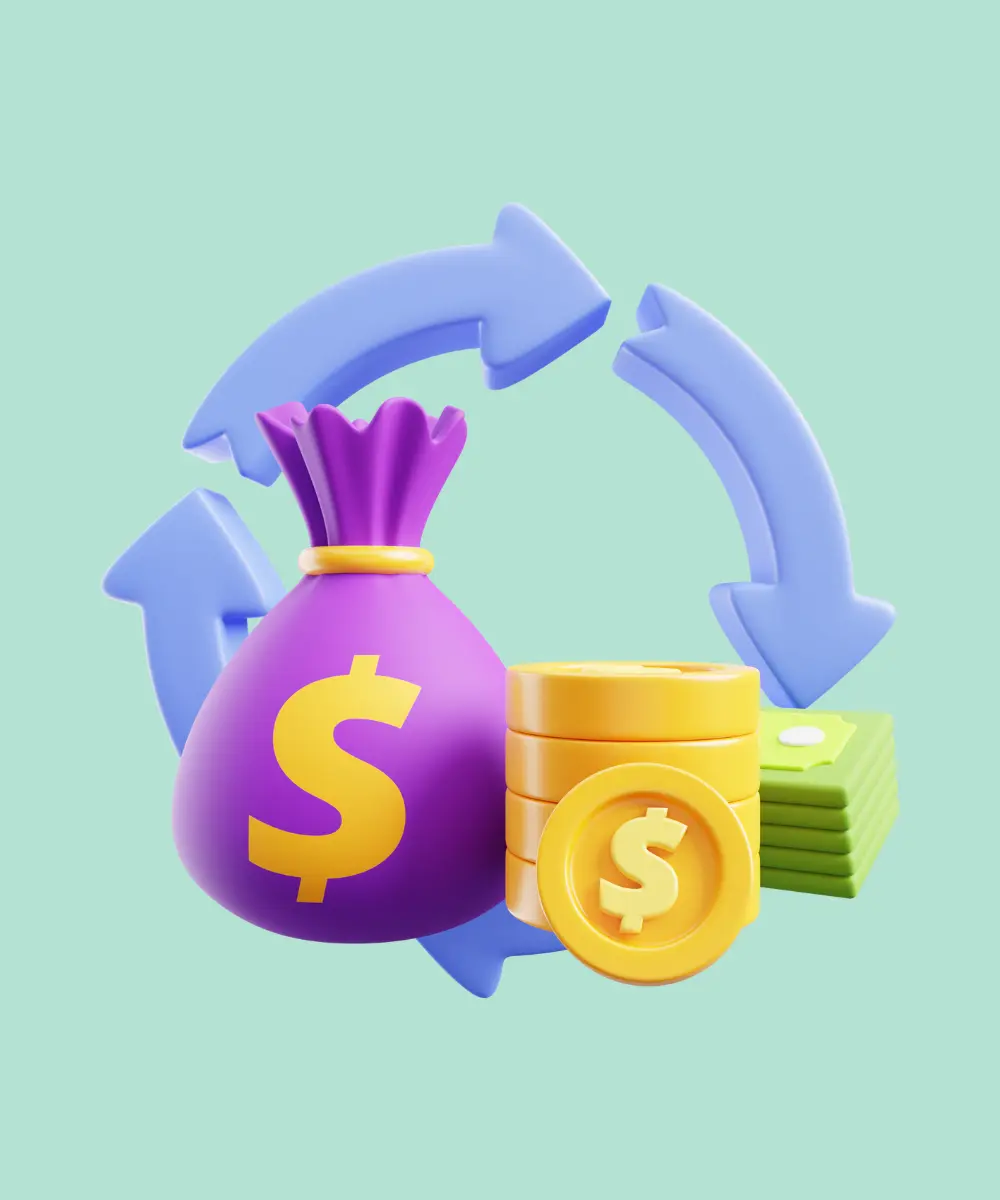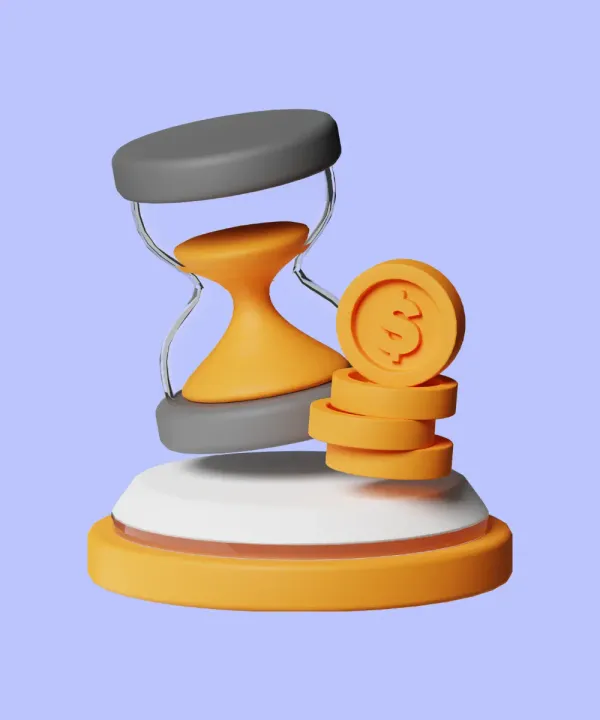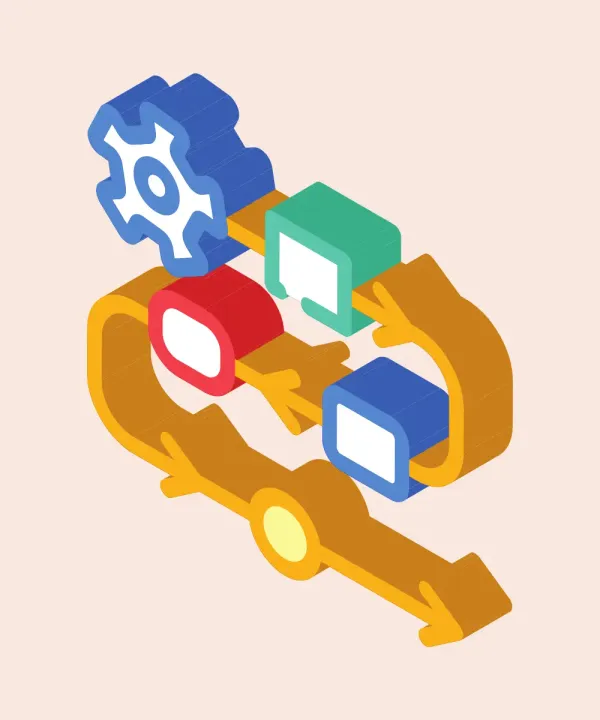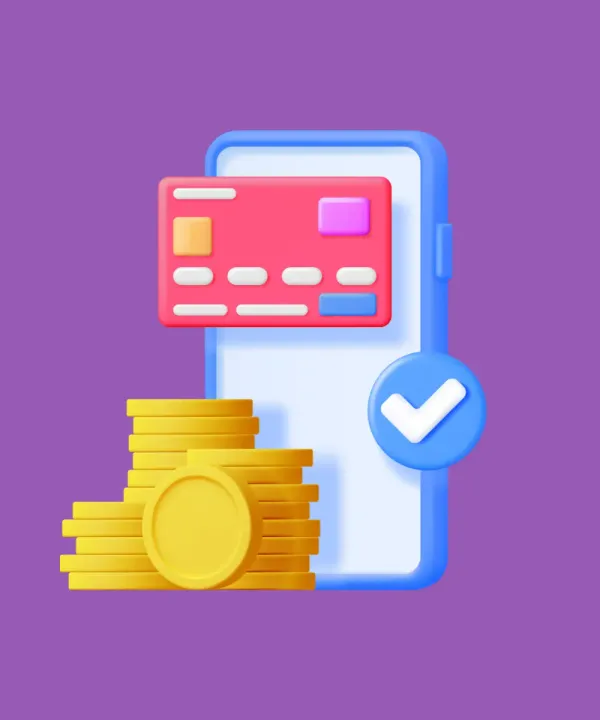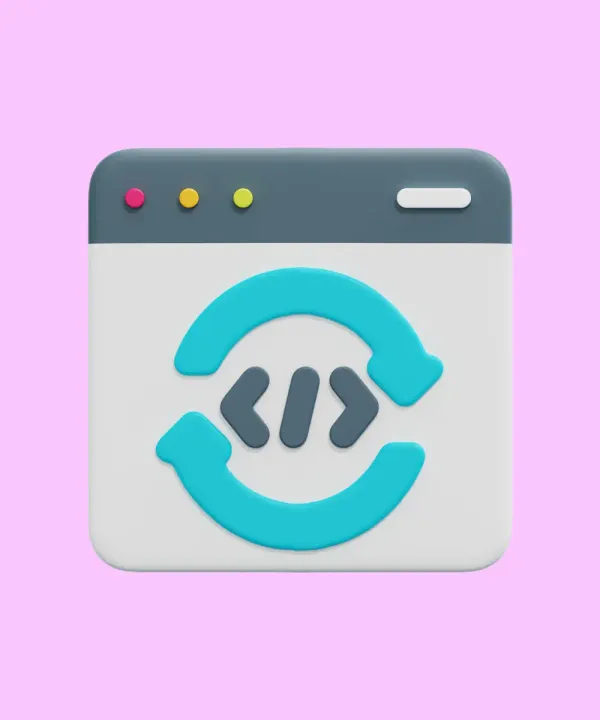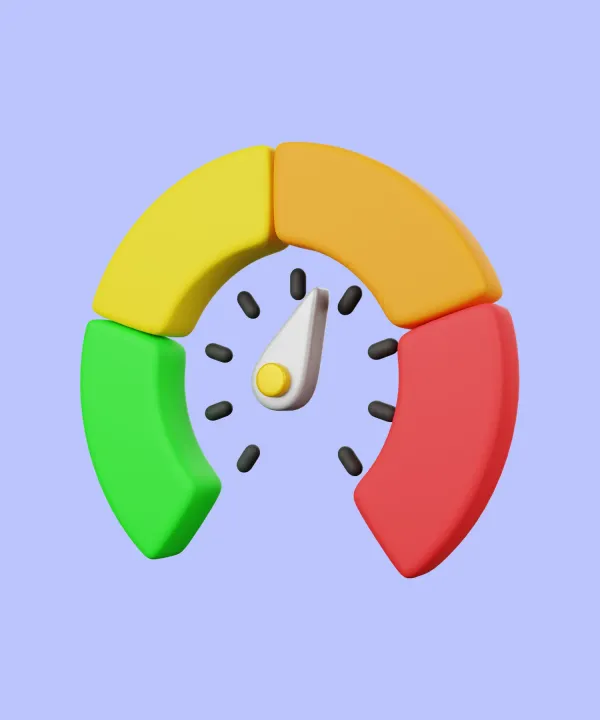Introduction
Mobile apps are key tools for businesses, offering value to users and driving company growth. But success doesn't stop at development; maintaining your app is just as important. Regular updates, bug fixes, and feature enhancements are needed to keep your app relevant, secure, and functional. While initial development costs often get the most attention, it's also important to understand the ongoing costs of app maintenance.
Key Factors Influencing Maintenance Costs
When planning for the maintenance of your app, you need to be aware of the various factors that influence costs. Below, we’ll break down them with tables to provide a clearer understanding.
App complexity
The complexity of your app's underlying logic, algorithms, architecture, and integrations is a key factor in determining maintenance costs. The way these components are implemented, the intricacies of the app's internal processes, and the extent of its integrations all contribute to ongoing maintenance expenses.
| App Type | Description | Maintenance Costs |
|---|---|---|
| Simple app | Utilizes straightforward logic with basic workflows and minimal decision-making paths. The app has a single-layer or flat architecture with little to no external integrations, making it easier to maintain and less prone to issues. | Lower maintenance costs due to infrequent updates and minimal need for performance or security enhancements. |
| Moderate app | Incorporates more complex logic with multiple decision branches and intermediate workflows. The app has a layered architecture and integrates with several third-party APIs or external systems, adding a moderate level of complexity. | Moderate maintenance costs, with regular updates required to enhance features, optimize algorithms, and address integration issues. |
| Complex app | Features advanced and intricate decision-making processes, with deep, multi-layered architecture. It heavily relies on multiple, often critical, external integrations, such as complex APIs or services, and may involve advanced algorithms that require careful management. | Higher maintenance costs due to the need for continuous updates, extensive performance optimization, complex bug fixes, and frequent maintenance of integrations. |
App features
The features of your app directly impact the overall maintenance costs. Both the quantity and complexity of these features affect the level of ongoing work needed to keep the app running smoothly.
| Feature Type | Description | Maintenance Costs |
|---|---|---|
| Basic | Few and simple features, offering basic functionality. | Lower maintenance costs due to the limited number and simplicity of features. |
| Moderate | A moderate number of features with moderate complexity. | Moderate maintenance costs, balancing feature count and complexity. |
| Complex | Numerous and highly complex features, providing advanced functionality. | Higher maintenance costs due to the large number and complexity of features. |
Amount of regular work
The amount of regular work, including how often the client wants to add new features or fix bugs, also influences maintenance costs. More frequent updates and bug fixes require ongoing development efforts, testing, and deployment, which can increase the overall cost of maintaining the app. The regularity of these tasks directly correlates with the resources needed to keep the app updated and functional.
| Amount of Work | Description | Maintenance Costs |
|---|---|---|
| Low | New features and bug fixes are infrequent, typically only when necessary. | Lower maintenance costs due to minimal ongoing development work. |
| Moderate | Regular updates with new features and bug fixes are made periodically. | Moderate maintenance costs, with consistent but not constant work required. |
| High | Frequent updates and bug fixes, with a continuous flow of new features. | Higher maintenance costs due to the need for constant development and testing. |
User base size
The size of your app's user base also affects maintenance costs. As the user base grows, the impact of issues, updates, and new features also increases. A larger user base usually requires more frequent updates, enhanced support, and thorough planning for future releases, all of which can contribute to higher maintenance costs.
| User Base Size | Description | Maintenance Costs |
|---|---|---|
| Small | App has a small user base, typically early-stage or niche market. | Lower maintenance costs, as fewer users generate fewer issues and require less support. |
| Moderate | App has a growing user base with steady active users. | Moderate maintenance costs, with regular updates and scaling efforts needed to support user growth. |
| Large | App has a large and active user base, widely adopted in the market. | Higher maintenance costs due to the need for frequent updates, scaling, and comprehensive user support. |
Level of automation (CI/CD)
The level of automation in your project, including automated testing, continuous integration, and continuous deployment (CI/CD) mechanisms, influences on maintenance costs as well. High levels of automation reduce the need for manual intervention, speeding up development and deployment processes, and lowering overall costs. Conversely, lower levels of automation require more manual work, which increases both the time and cost involved in maintaining the app.
| Automation Level | Description | Maintenance Costs |
|---|---|---|
| Low | Minimal automation with a high reliance on manual testing and deployment processes. | Higher maintenance costs due to increased manual work and slower deployment times. |
| Moderate | Partial automation, with some automated testing and deployment processes in place. | Moderate maintenance costs, balancing manual and automated tasks. |
| High | Extensive automation, including comprehensive CI/CD pipelines and automated testing. | Lower maintenance costs due to reduced manual intervention and faster, more reliable deployments. |
Deadlines
The urgency of your maintenance tasks also affects costs. If updates need to be done quickly, this will often require more resources or higher-paid engineers, driving up the overall cost.
| Deadline type | Description | Maintenance Costs |
|---|---|---|
| Flexible deadlines | Maintenance tasks scheduled at a measured pace. | Lower costs due to better resource allocation. |
| Tight deadlines | Quick turnaround required for urgent tasks. | Higher costs due to the need for expedited service or larger teams. |
Maintenance Costs Calculation
To give you a clearer understanding of the maintenance costs associated with different types of Flutter apps, we have provided a rough cost estimation scenarios. Maintenance costs are calculated using the Time & Material model, with our hourly rate ranging from 25 to 35 USD/hour.
Small app maintenance
A small app with a basic user base, minimal CI/CD automation, and simple functionality typically requires infrequent updates and bug fixes. The low complexity and limited scope mean that maintenance tasks are straightforward and can often be handled by a single engineer and a designer for a part-time workload or even less.
| Variable | Details |
|---|---|
| Team size | Engineer + Designer |
| Estimated hours/month | 80 + 10 hours |
| Hourly rate | $25 - $35 |
| Monthly cost | $2250 - $3150 |
Medium app maintenance
A medium-sized app, with a moderate user base, a mix of automated and manual processes, and more complex functionality, requires consistent maintenance. This includes regular updates, feature enhancements, and addressing ongoing bug fixes. The app’s growing complexity and user demands necessitate a slightly larger team, typically consisting of a few engineers (full-time) and possibly a designer and tester (part-time).
| Variable | Details |
|---|---|
| Team size | 2 Engineers + Designer |
| Estimated hours/month | 160*2 + 40 |
| Hourly rate | $25 - $35 |
| Monthly cost | $9,000 - $12,600 |
Large app maintenance
A large, feature-rich app with a substantial user base requires ongoing maintenance, including frequent updates, continuous bug fixes, and regular performance optimizations. The complexity and scale of the app demand a dedicated and diverse team to manage the workload, typically involving multiple engineers (full-time), a designer, a tester, and a project manager (part-time).
| Variable | Details |
|---|---|
| Team size | 3 Engineers + Designer + PM |
| Estimated hours/month | 160*3 + 80 + 40 hours |
| Hourly rate | $25 - $35 |
| Monthly cost | $15,000 - $21,000 |
Ways to Reduce Maintenance Costs
To get the best return on your app development investment, focus on managing maintenance costs efficiently. Here are some precise strategies to help you reduce the costs associated with maintaining your app:
1. Prioritize critical features
Focus your maintenance efforts on the most critical features of your app — those that directly impact user experience and business objectives. Regularly review the feature list and prioritize updates and bug fixes for the components that are most used or that contribute the most to revenue generation.
Tip: Conduct regular user feedback sessions and analytics reviews to identify the most valuable features.
2. Increase automation in the development process
Automating more steps in your app development, like testing, release management, and code linting, can make things run smoother. Automating tasks like regression testing, performance checks, deployment, and code quality helps maintain consistency and reduces manual work. This lets your team focus on solving more complex issues.
Tip: Start using automation tools for testing, releases, and linting early in the development process to save time and resources as the project grows.
3. Use monitoring and analytics tools
Use advanced monitoring and analytics tools to track app performance in real-time. These tools can help you quickly identify and address issues before they escalate, reducing the need for expensive emergency fixes.
Tip: Set up alerts for critical performance metrics like crash rates, load times, and API response times to ensure prompt action.
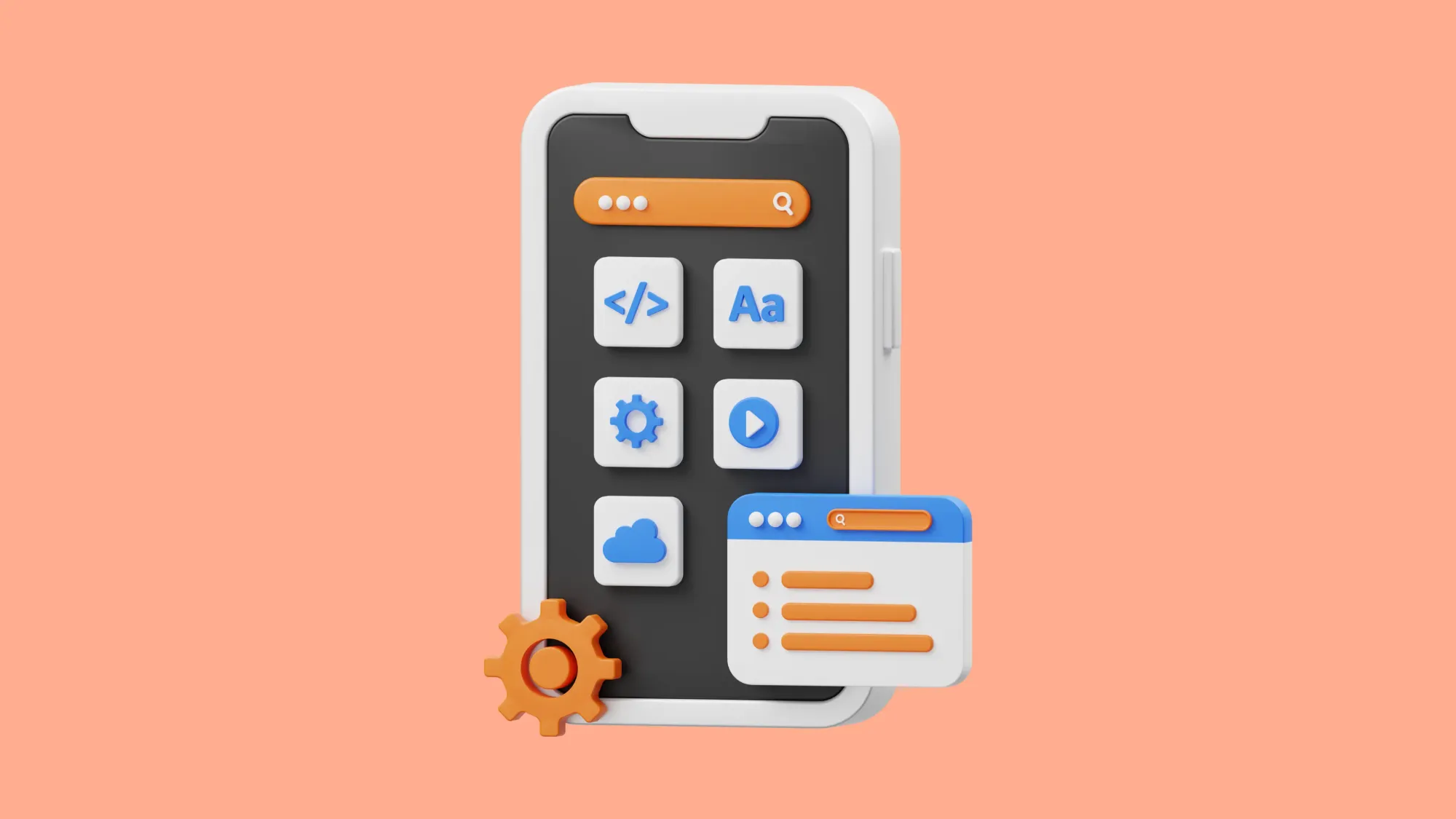
4. Schedule regular maintenance
Proactive, scheduled maintenance is more cost-effective than reactive, emergency fixes. By planning regular maintenance windows, you can address potential issues before they become critical, thus avoiding costly downtime and urgent updates.
Tip: Create a maintenance calendar that aligns with your app's usage patterns, minimizing disruptions during peak usage times.
5. Optimize resource allocation
Allocate resources efficiently by matching the complexity of the task with the appropriate level of expertise. For simpler tasks, use junior or mid-level engineers, while reserving senior engineers for more complex, critical issues. This approach helps optimize costs without compromising quality.
Tip: Regularly assess the skills and workload of your team to ensure tasks are assigned to the right individuals.
6. Outsource to a specialized agency
Outsourcing maintenance to a specialized agency like What the Flutter can lead to cost savings. Agencies with deep expertise can often address issues more quickly and efficiently, leveraging their experience to streamline the maintenance process.
Tip: Ensure smooth collaboration with the outsourced agency by scheduling regular check-ins and progress reports to stay aligned and address issues promptly.
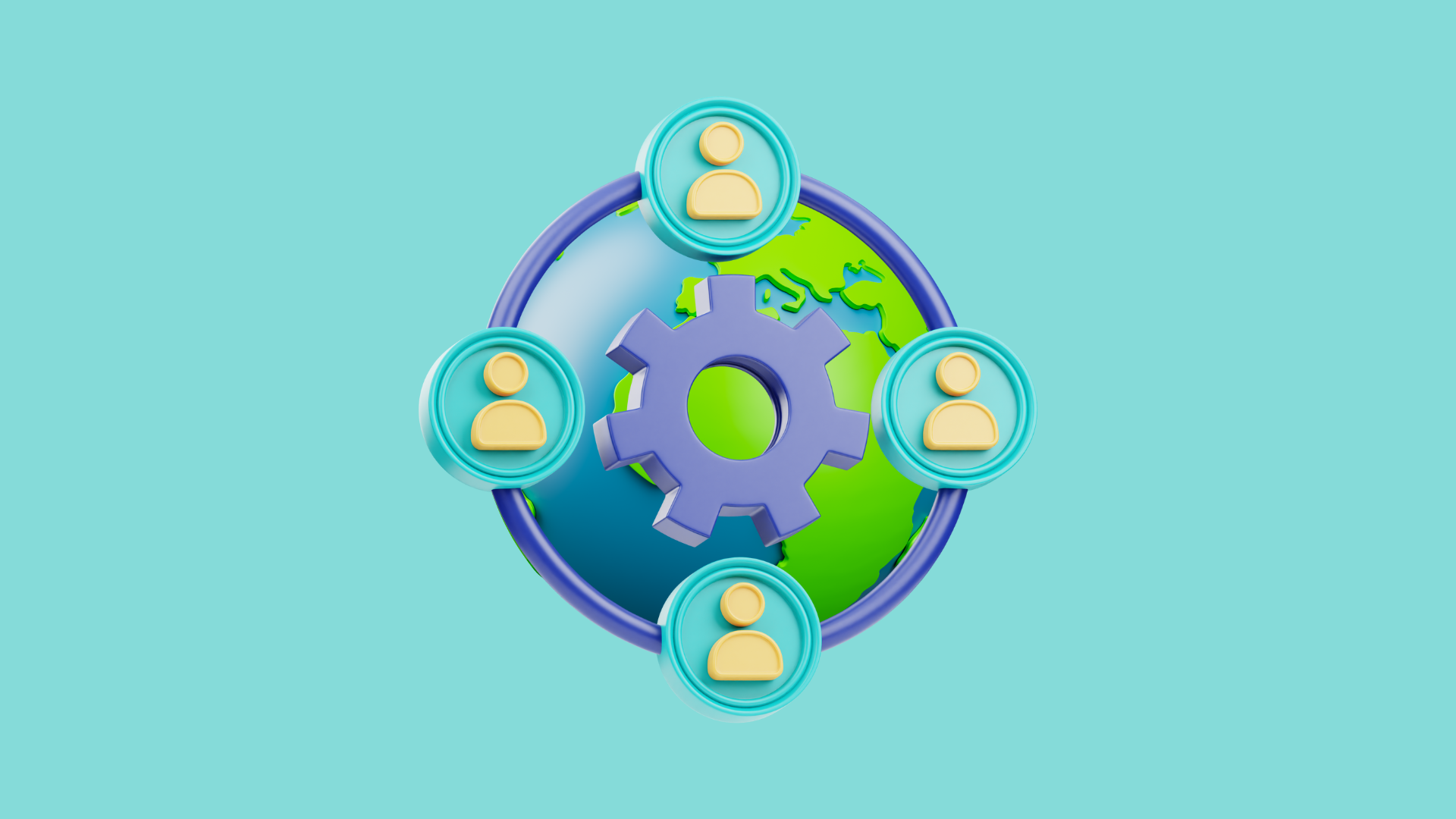
Conclusion
If you skip regular maintenance on your app, you might end up facing expensive emergency fixes. Neglecting updates and bug fixes can lead to major issues that require urgent and costly repairs, often much higher than the cost of regular upkeep.
Don’t wait for problems to escalate — contact us today to secure your app’s future and save on long-term costs.

